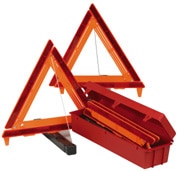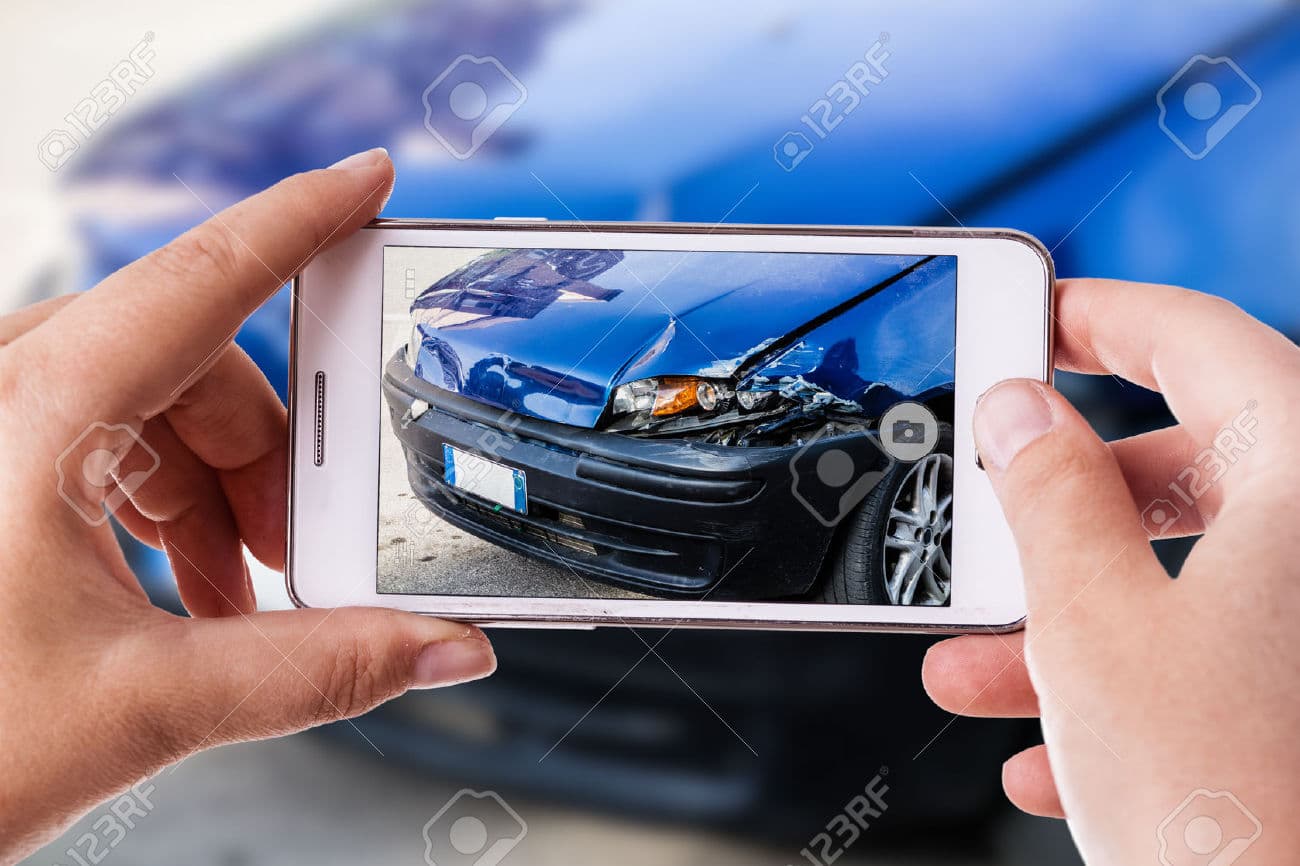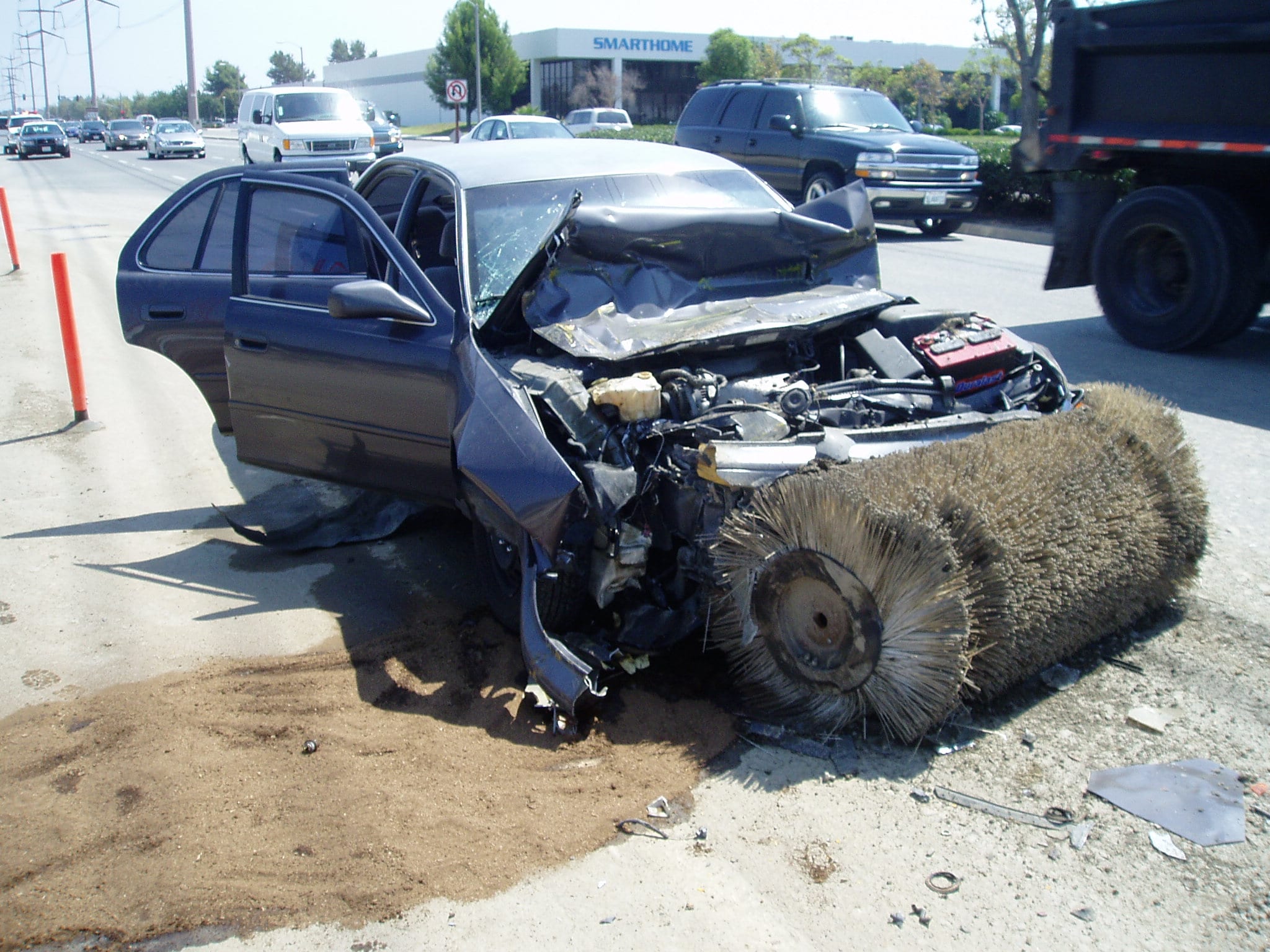Accident Check List – Construction
Free PreviewThe most important thing to do if an accident occurs: Remain Calm
If you find yourself in the unfortunate situation of being involved in an accident, it’s important to know what steps to take. Stop! Do not leave the scene.
Stop! Do not leave the scene.- Turn on warning lights and four-way flashers and determine if anyone is injured.
- Set out warning triangle reflectors. Protect you and others from traffic. Do not turn your back on traffic.
- No two accidents are the same. If there are injuries or you need help with traffic control, call 911 first. Otherwise, Call YOUR Office. The office can call the police & medical if needed. You will be busy…
- Take pictures of the scene to show the position & direction of vehicles. Include skid marks, if any. Use as many pictures as needed, and take close-ups and wide shots.
 Take most of your pictures “landscape” or horizontally. The resolution is higher than pictures taken “portrait” or vertical. Feel free to take pictures of people. Take pictures that show the license plates of witnesses.
The most important pictures are those that show the “final resting place” of the vehicles after an accident.
That said, if the police are forcing you to move, at least get these. Pictures of skid marks, damage, debris fields, etc., can still be taken after you move.
Take most of your pictures “landscape” or horizontally. The resolution is higher than pictures taken “portrait” or vertical. Feel free to take pictures of people. Take pictures that show the license plates of witnesses.
The most important pictures are those that show the “final resting place” of the vehicles after an accident.
That said, if the police are forcing you to move, at least get these. Pictures of skid marks, damage, debris fields, etc., can still be taken after you move.
- Take pictures of the damage to the other vehicle. (We can see our own damage when the sweeper gets back to the yard. Do take pictures of the position of our vehicle at the scene.)
- Do not discuss facts, fault, or cause with anyone except licensed personnel such as police or company supervisors. Do not admit guilt or say you are sorry, even to the police. Only an investigation can determine fault. This is VERY, VERY important – when you say “I’m sorry,” you may be very sorry someone is hurt. However, in court, the other attorney will use this to try and prove you were “Sorry for causing the accident”. You may even “think” you caused the accident. Remember, YOU do not have enough facts to know that yet.
 Identify any witnesses and obtain names & phone #’s, pass out witness cards,
Identify any witnesses and obtain names & phone #’s, pass out witness cards,- When reporting to the police, point out any cones & barricades, construction site postings, your warning lights being on, your flags, any reflective tape or triangles, and the slow speed at which you were moving. Most of their reports will involve two cars, so they are not used to observing these items or putting them in their reports. It may not work, but if these things get into the report, it can be a big help. Ask for the officers’ business cards; they all have them. When the adrenaline wears off, you won’t remember their name.
- Even if the police are taking a report, you must still obtain information from the other party or parties. It can be weeks before the police report will be available, and they may not get all the witness or insurance information. In some areas, unless there is an injury, the police will refuse to make/file a report. (they might not even show up without an injury)
- Name, Address & Phone of driver and passengers
- Drivers license # of driver
- Vehicle Make, Model, color, and LICENSE Plate
- Insurance information: Company & Policy #
- Tip, take pictures of the other parties drivers license, insurance, license plate, and the inside of their car. You still need to write this stuff down, but this is a great backup and can reveal things you might have missed.
- Take pictures of the other driver, passengers, and witnesses. Be aware they can sometimes get a little weird about this. So you can just have them in the shot while it looks like you are taking pictures of the accident scene or some damage.
- OK, #12 is odd. You may not have heard of this. But people lie. Say someone has a suspended license or too many tickets. They will often try to say the passenger was driving. The Big Mac or Starbucks all over their shirt also tells a story. Of course, there may not be a “story,” but take the picture and figure it out later.
- Stay calm, relax, and be observant – you may someday have to testify. Note the details.
- Carefully review the above. Have you skipped anything?
- Keep a list like this in your sweeper (and your personal car). Right after an accident – emotions run very high; you may be injured, it is very easy to forget some of these steps. Get this list out. Double check. Did you forget anything?

